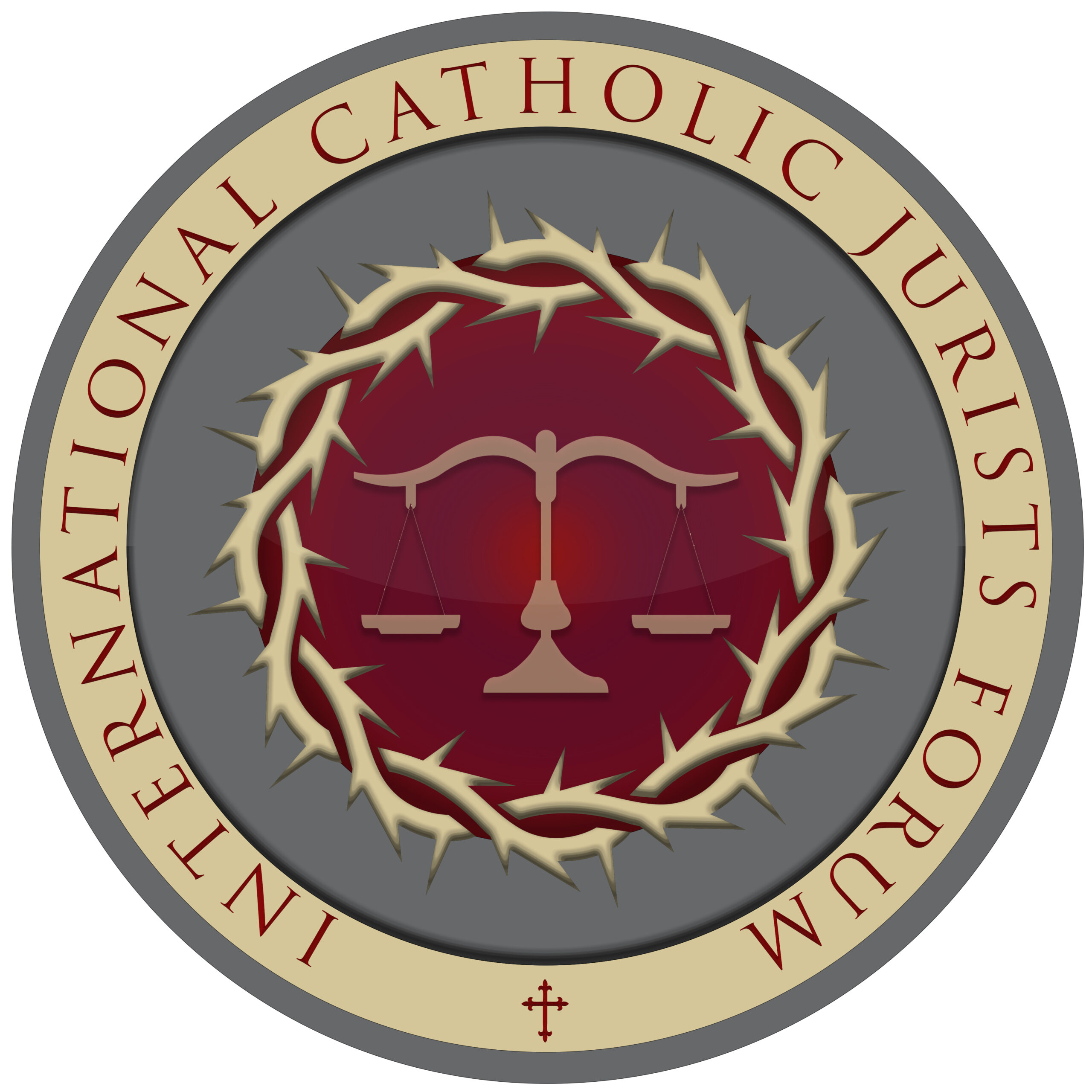August 1, 2011 – The Linacre Quarterly “Responding to the Abuse Crisis”
http://journals.sagepub.com/toc/lqra/78/3 The Linacre Quarterly, The Journal of the Catholic Medical Association devoted Volume 78 in August 2011 to the general topic “Responding to the Abuse Crisis”. The issue contains seven articles and one book review on questions that remain relevant in light of the situations in Chile, Honduras and the USA concerning active homosexuality of…
